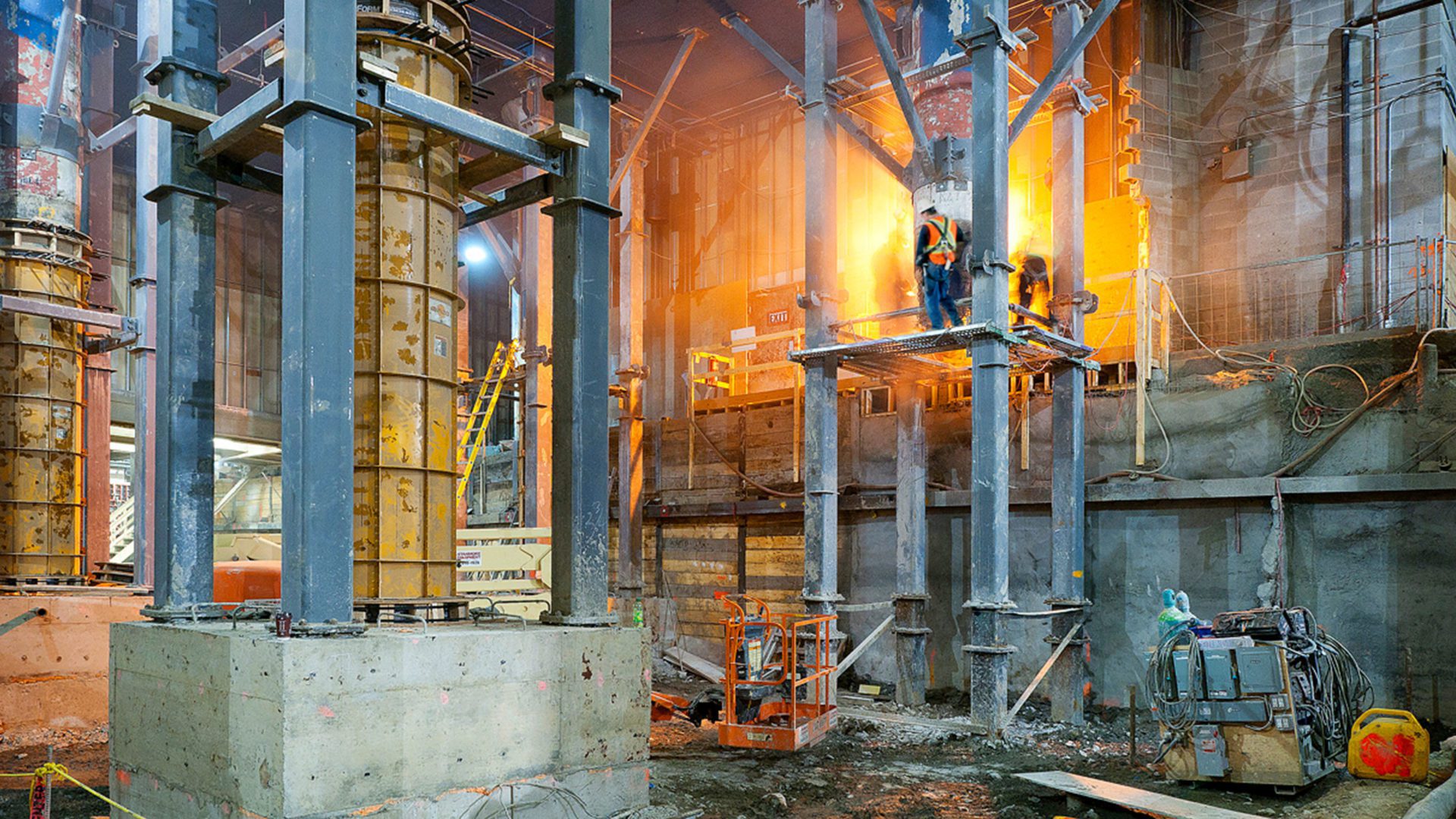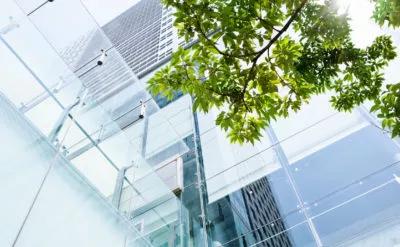Defining characteristics of heritage buildings is what makes them grand, yet these same characteristics can also pose a threat to occupant safety due to their vulnerability to seismic forces. A balance between the need for seismic upgrade and the constraint of maintenance of character-defining elements invariably comes up with almost every renovation project of a heritage building.
As part of our Blog Series titled Future Proofing Heritage Buildings, members of our multi-disciplinary team explain how they strive to tackle this challenge.
What is the approach and process for seismic intervention of a heritage building?
Hassan Saffarini, CAHP, Principal
The objective of a seismic upgrade is to protect people during an earthquake. Second, comes the protection of property. Where the building has a critical use, a higher level of protection is targeted such that the building continues to serve its critical function. It is often required to ensure that non-structural components, such as a ceiling, light fixture, environmental control equipment, etc. are secured against detachment or dislodgment Once safety is sufficiently assured, the balance between intrusive retrofit and acceptance of some damage during a major seismic event is a common topic of conversation between the structural engineer and the heritage architect.
Ideally, you would like to keep everything as-is in a heritage building and yet fully protect it from seismic forces. This can be achieved using what is called base isolation. The concept is easier to implement for new construction but has also been widely used for very old structures. Using one of many base isolation systems, the structure is decoupled from the foundation such that the earth below it is allowed to sway during an earthquake while the superstructure is shielded from the brunt of the seismic forces.
The alternative to isolation is strengthening and stiffening. Traditionally this has been done by adding concrete walls, steel braces or a multitude of other conventional retrofits. More recently, new material has offered distinct advantages such as carbon fiber that is thinly adhered to the existing structure to do the bidding of massive steel elements. Alternative systems have also been successfully applied such as friction dampers that not only brace but also dissipate the earthquake energy safely and effectively.
Lizanne Dubien, Studio Manager
Seismic interventions in heritage buildings can be a lot more intrusive than in non-heritage buildings because of the cultural aspects and detailed qualities of the structures. You must think creatively and outside the box to understand and work with existing heritage construction to integrate these aspects into the building. Often, we are working with two connecting structures built at different times. By effectively “stitching” the buildings together we allow them to move as one to protect them from unsought movement during a seismic event.
Tobias Fellows, Principal
When we perform seismic retrofits, often we need to look at some of the architectural components of the building, these components can be a key component to the overall heritage values and character of the building. An example of this is precast panels often found on modern heritage structures. Using innovative solutions like carbon fiber reinforcement materials applied to the back of the panels to improve their structural performance and help meet the overall structural requirements. Retaining high-quality design materials such as precast panels can be not only aesthetically beneficial to the project but also help significantly reduce the carbon impact by making use of the embedded carbon in the existing panels.
How does technology play a part in planning for seismic intervention to limit the impact on the building fabric?
Chris Pal, Vice President, Engineering
Simulation software is fundamental to replicate a heritage building. These models allow us to simulate the structure in advance and have a level of coordination that is required without recurring too much extreme work during construction. That helps the architectural, mechanical, electrical and interior design team to collaborate on a common goal. Everything that is impacted by the new design gets reflected in the model allowing everyone to adjust and react to any clashes in real time.
Tobias Fellows, Principal
Clash detection software helps us understand where different systems are located in relation to the existing heritage structures and the new additions. Programs like Navis Works help us visualize these materials so that we can trace engineering systems to make sure they are properly accommodated. We need to understand critical junctures between old and new. A construction joint or an expansion joint is critical. As a team we can be made aware of those locations and put in the necessary expansion joints in the ductwork or any piping that goes in those areas. These collaborative tools allow the inclusion of more people to participate in these coordination activities.
Lizanne Dubien, Studio Manager
At The 180 Wellington Building in Ottawa, ON there is an iconic heritage mosaic ceiling feature. During the rehabilitation project, the structure above the mosaic ceiling had to be structurally reinforced. The ceiling was constructed in 1927 and had to stay intact throughout the process. One of the measures taken to protect the ceiling was to add surface sensors to the dome so that if at any given time the construction broke the allowable threshold, the sensors would activate, and construction would stop immediately until it was determined that there was no further risk to damaging the integrity of the ceiling mosaic. Being aware of the different elements of the heritage site is an important aspect of this type of work.
Hassan Saffarini, CAHP, Principal
By seismically upgrading heritage buildings we are not only protecting their occupants, but we are protecting the buildings for generations to come as they survive the probable seismic events that seismologists have estimated and regulated through code. In applying the rules of minimum intervention and reversibility we ensure least damage to the heritage fabric now and anticipate that the future holds better technologies that will stretch their legacy beyond.



